Re: What is this, and how can I fix it?
Now that you have it, try the orange pad with UC (test spot) and see if that works. If not, you can order some MF pads.
Not a waste at all IMO..
Now that you have it, try the orange pad with UC (test spot) and see if that works. If not, you can order some MF pads.
Not a waste at all IMO..





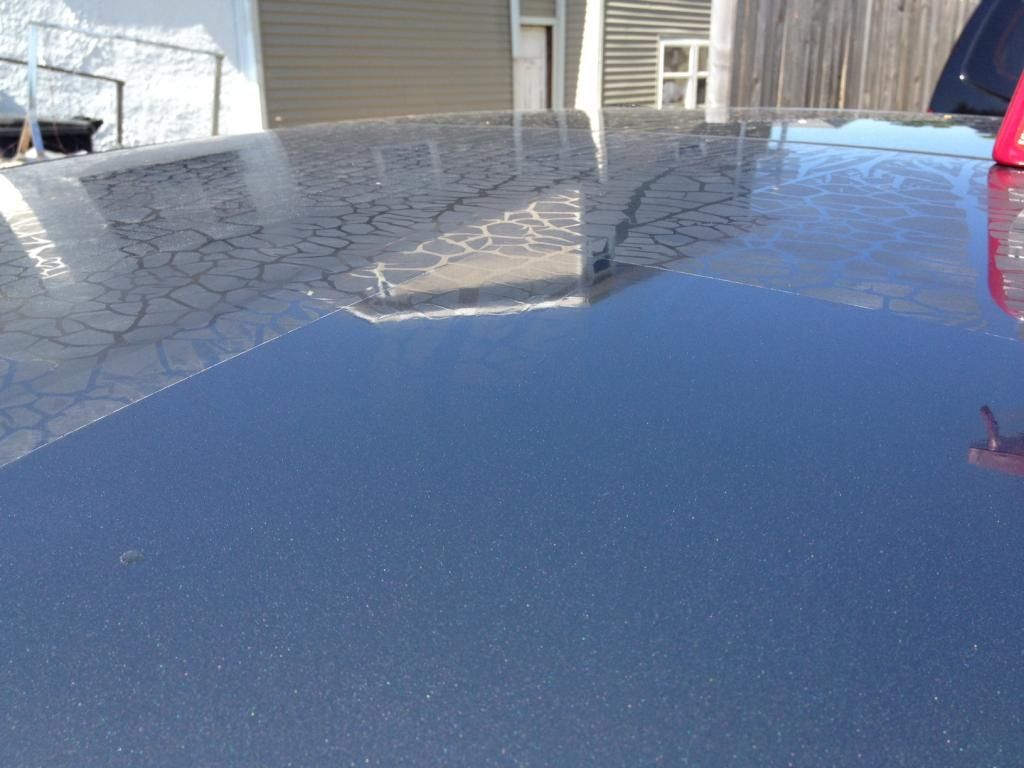

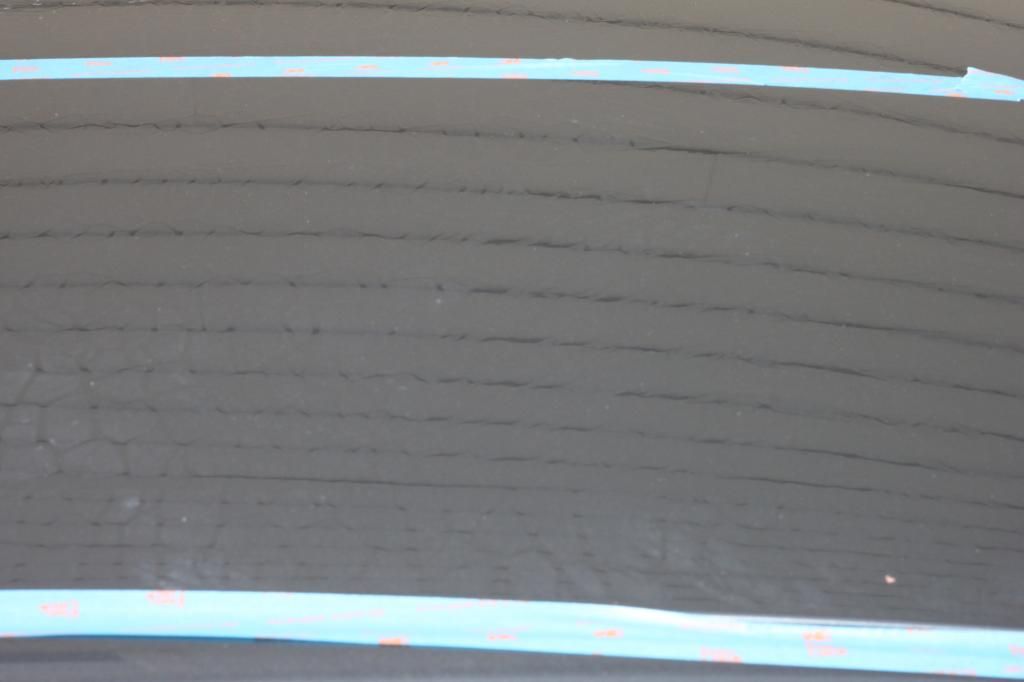
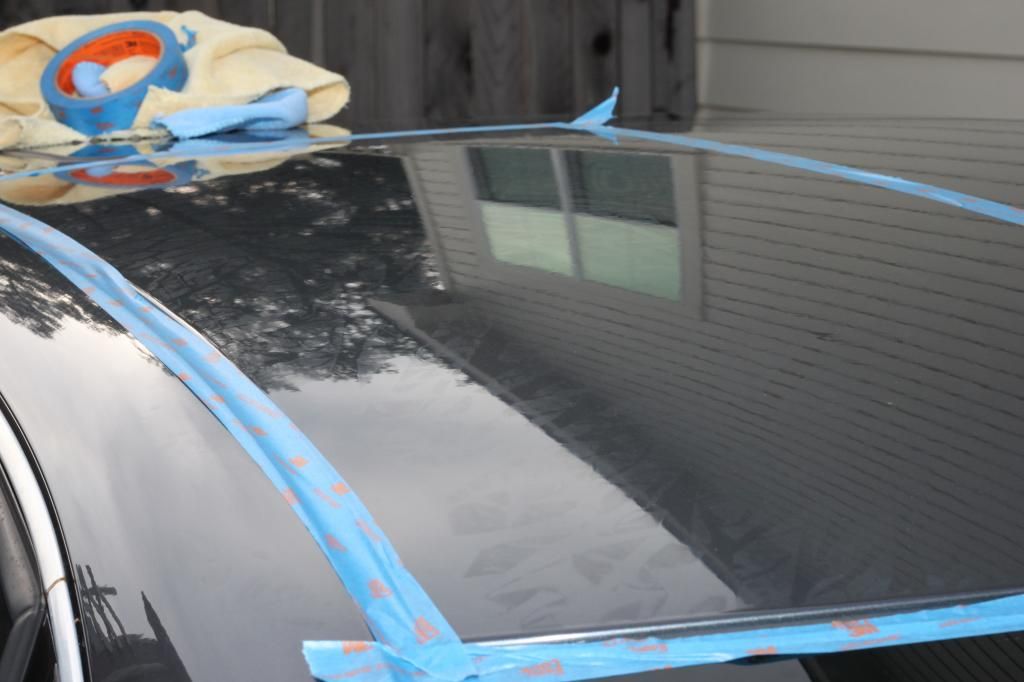

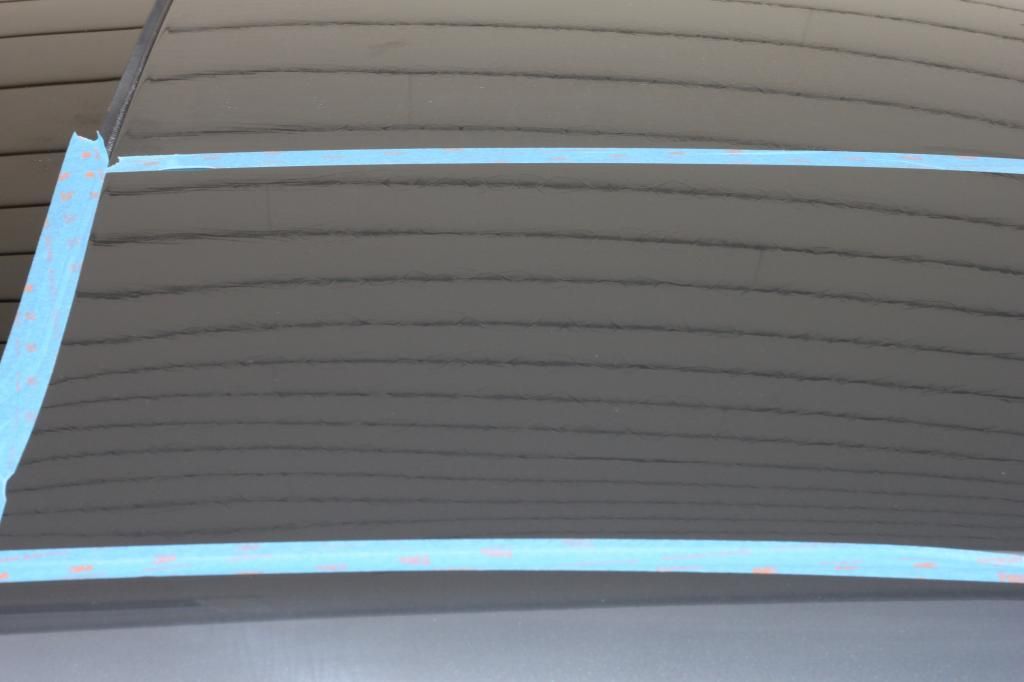
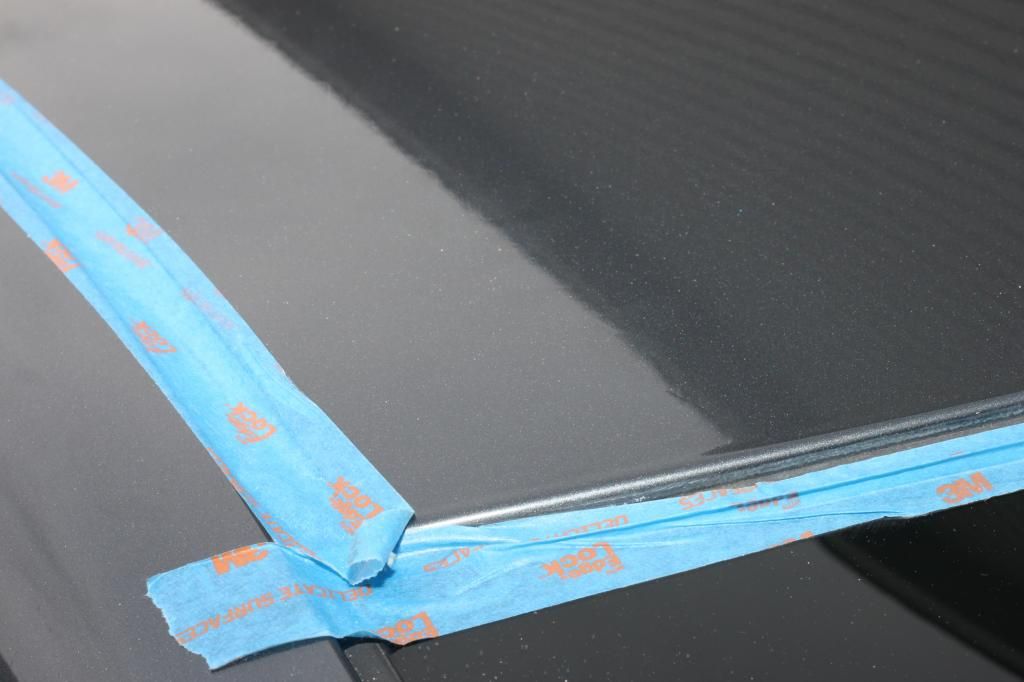
Comment